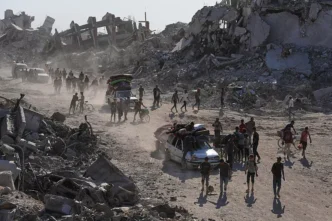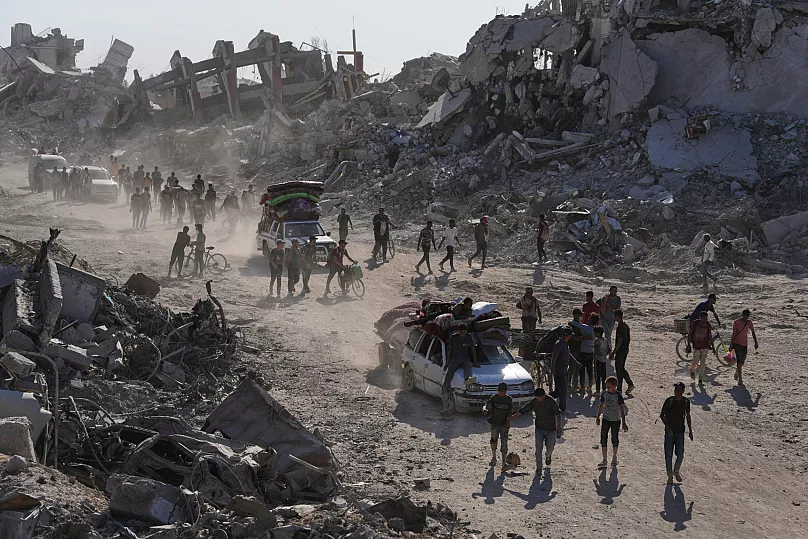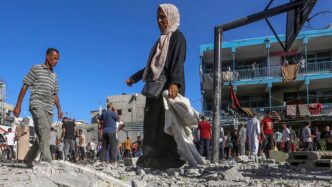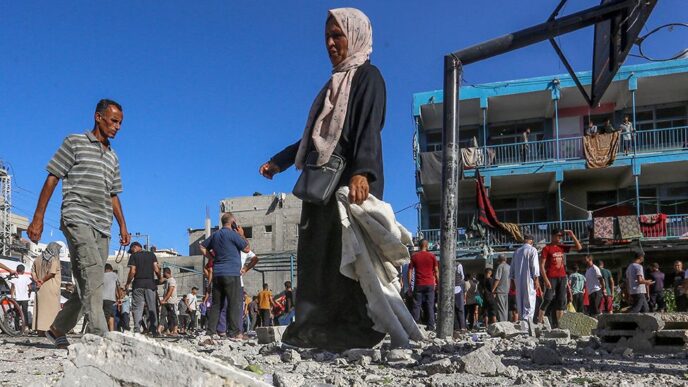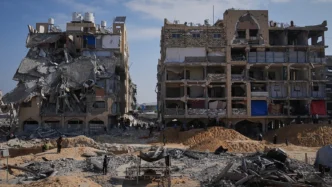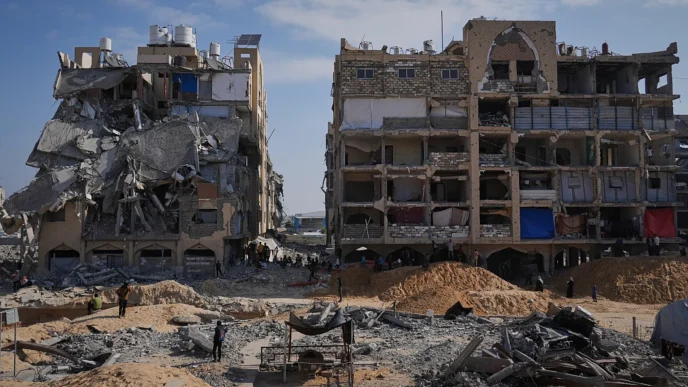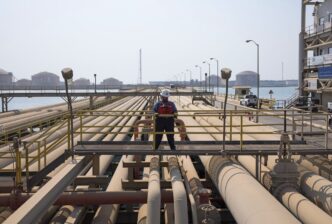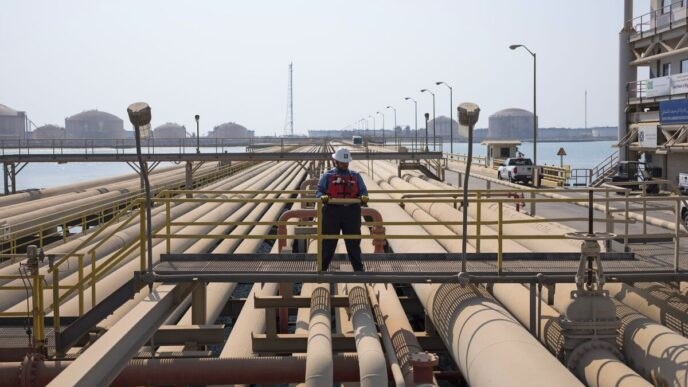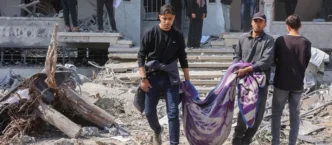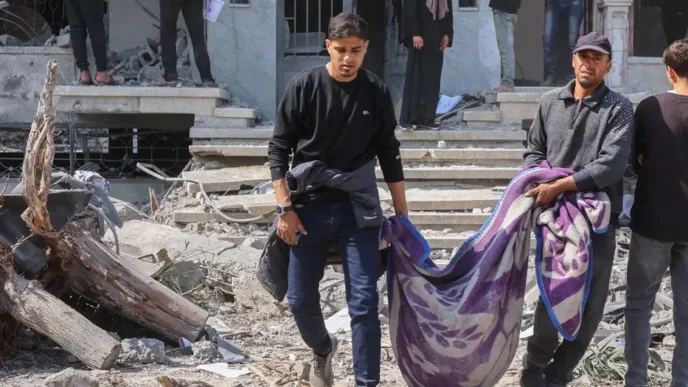A rare and fragile calm has settled over Gaza after nearly two years of relentless conflict. Following the announcement of a long-awaited ceasefire, tens of thousands of Palestinians began the journey north, returning to neighborhoods they were forced to flee amid devastating bombardments. For many, the return is a mix of hope and heartbreak — a desperate attempt to reconnect with what remains of home.
Ceasefire Takes Effect
The ceasefire, brokered after weeks of negotiations, came into force at noon on Friday. Both sides agreed to halt hostilities, initiate prisoner and hostage exchanges, and open humanitarian corridors for much-needed aid deliveries.
For the first time in months, the sound of explosions and artillery gave way to the noise of movement — vehicles rumbling north, families walking with carts and bags, and children clutching the hands of their parents.
But the silence of war has revealed another sound entirely: the sobering quiet of destruction. Entire districts, once bustling with life, now stand in ruins. The journey home for many is not a return to safety but to scenes of devastation.
The Great Return North
By midday, large crowds could be seen moving along Gaza’s main roads — Rashid and Salah al-Din — both long symbols of movement and escape. Families carried what little they owned: blankets, jugs of water, and memories of what once was.
Some traveled on foot, others by donkey cart or battered trucks. It was an exodus in reverse — a people determined to reclaim their land, no matter how broken.
Many of those returning expressed cautious optimism. “I know my home is gone,” one man said, “but I need to see it with my own eyes. I need to stand where my family once lived.”
For others, the fear of renewed violence lingers. Despite the ceasefire, uncertainty shadows every step northward.
A Landscape of Destruction
The first wave of returnees was met not by familiar streets but by rubble. Northern Gaza — including Gaza City, Beit Lahia, and Jabalia — bears the deepest scars of the conflict. Houses have been reduced to concrete dust, hospitals lie in ruins, and roads are barely passable.
Infrastructure has collapsed. There is little electricity, no functioning water system, and few medical facilities capable of treating the wounded or sick. Humanitarian agencies describe the scene as catastrophic, with essential supplies dangerously scarce.
Amid the ruins, however, signs of human endurance persist. Families have begun erecting makeshift shelters from debris, salvaging wood, metal, and plastic sheeting to build temporary homes. Even in devastation, the instinct to rebuild endures.
Humanitarian Struggle Ahead
The ceasefire agreement includes provisions for expanded humanitarian aid and the opening of key border crossings for relief convoys. But aid delivery remains slow and uncertain. The logistical challenges are immense: damaged roads, fuel shortages, and the need for security guarantees.
Thousands remain displaced in southern Gaza, unable to return or find shelter. Food and clean water are still limited, and medical teams warn of worsening health conditions as diseases spread through overcrowded shelters.
Humanitarian groups have called for a sustained international effort to stabilize the situation, rebuild critical infrastructure, and support the immense psychological toll on civilians.
Political Tensions Under the Surface
While the ceasefire has paused the fighting, it has not resolved the deeper political fractures that fuel the conflict. The agreement includes commitments to prisoner exchanges and discussions on Gaza’s long-term governance — but these issues remain volatile.
Israel has signaled that it will maintain certain military positions in Gaza until further security guarantees are reached. Palestinian factions, meanwhile, have expressed skepticism over external oversight or demilitarization efforts.
The risk of renewed hostilities remains real if either side perceives violations of the ceasefire terms.
The Road Ahead
For those returning north, the path is both literal and symbolic. It is a journey through the ruins of war — and toward the uncertain possibility of peace. Rebuilding Gaza will take years, vast resources, and a level of political cooperation rarely seen in the region.
But the people of Gaza, weary yet unbroken, have already taken the first step. Their return is an act of defiance and hope — proof that even amid the ashes, life insists on continuing.
As the ceasefire holds, however fragilely, Gaza breathes once more. Whether that breath becomes the beginning of recovery or merely a pause before another storm remains to be seen.


